Garnished with chic designs and with a far-reaching menu aiming to update Chinese cuisine, Bird Wo Wo clearly wants to broaden the appeal of the culinary traditions of China. And if the customer demographic observed on a recent visit is of any indication, the establishment woos an international and young crowd. Its offerings, however, are hit and miss.
First-time diners could be forgiven for confusing the Chinese restaurant with a cafe intended to titillate a female clientele. Brightly lit, the interior has a sleek color scheme of iron gray and white, adorned with decorative, feather-shaped patterns, mirrors and hanging ornaments made of beads. Those who wish to snap selfies and shout “How cute!” (好可愛) amid young women and girls might be disappointed though. On the weekday evening my dining partners and I visited, the majority of the diners appeared to be youngish white-collar workers. A cacophony of languages was also heard. Next to our table, a group of Japanese-speaking, suit-wearing businessmen seemed to enjoy their meals with bottles of Taiwan beer (NT$150 per bottle). On the other side, several men and women with Singaporean accents discussed work over glasses of red wine.
As for the food, the restaurant’s kitchen is designed to appeal to as many customers as possible, covering various regional cuisines ranging from Jiangsu and Zhejiang to Szechuan and Cantonese. Traditional dishes are often given an innovative twist. The boiled sliced pork and cucumber with garlic sauce (爽口薄片晾衣, NT$290), for example, is a creative rendition of boiled pork with garlic sauce (蒜泥白肉), a staple plate of the Szechuan cuisine. The photogenic dish offered a surprisingly savory explosion of flavors in the mouth, mixing the thin slices of fat-streaked pork, the freshness of cucumbers with the thick dipping sauce of garlic and honey. It was our favorite course of the evening.
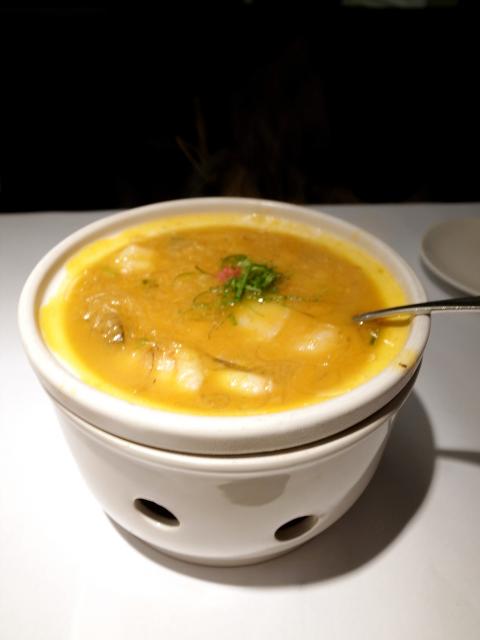
Photo: Ho Yi, Taipei Times
Another innovative attempt is the shaoxing millet bread with deep fried dry vegetables (紹興干菜窩窩頭, NT$320). Composed of preserved vegetables deep fried with pork and wrapped in brown sugar-flavored mantou (饅頭), or steamed buns, the dish was a saliva-inducing balance between the crispy, salty filling and the sweet, soft bun. The outer parts of the buns, however, were disappointingly soggy and left a blemish to the otherwise fun creation.
Recommended by our wait person, the braised dry pig skin with stinky tofu (美極皮肚臭豆腐, NT$360) didn’t impress with the less-than-ordinary quality of tofu, and the portion was skimpy for the price. Nor were we particularly enthusiastic about the braised crab roe with seafood and green bean noodle in casserole (蟹黃海鮮粉絲煲, NT$380), which was bland and dominated by sticky noodles.
Other popular dishes include deep-fried balsam pear (不像苦瓜, NT$280), deep-fried shrimp balls (灌湯黃金蝦球, NT$380), stewed pork with cabbage and eggs (提督官府燉菜, NT$380) and the chef special in casserole (宮廷一品皇罈子, NT$250), which features scallops, pig knuckle and king oyster mushrooms.
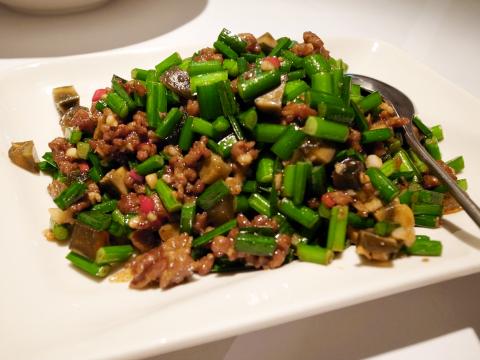
Photo: Ho Yi, Taipei Times
Surprisingly, the restaurant also has a small afternoon-tea menu filled with waffles, sandwiches, chocolate drinks and even a chocolate fondu. Why this Chinese restaurant wants to sell coffee and cake is anyone’s guess, but the Western-style offerings feel like an afterthought and might stretch the establishment’s creativity a bit too much.
Bird Wo Wo has several other venues — Neihu (內湖) and Tamsui (淡水) districts as well as in Greater Taichung and Greater Kaohsiung. For more information, visit the restaurant’s Web site at www.birdwowo.com.
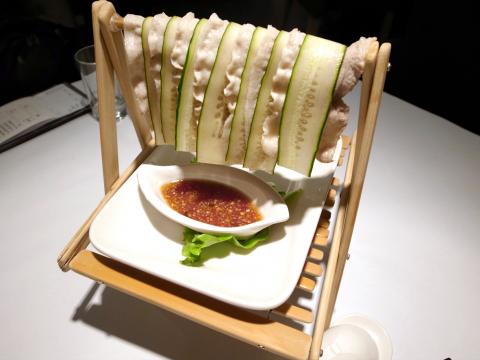
Photo: Ho Yi, Taipei Times
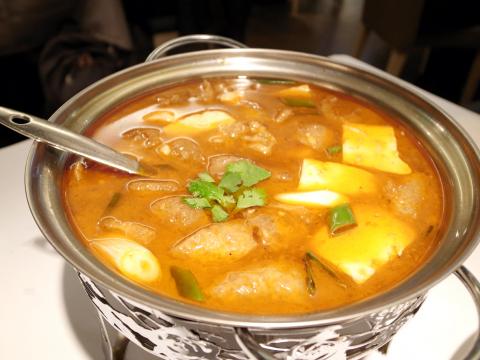
Photo: Ho Yi, Taipei Times
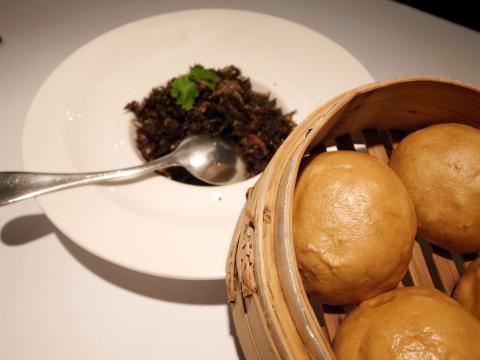
Photo: Ho Yi, Taipei Times

Seven hundred job applications. One interview. Marco Mascaro arrived in Taiwan last year with a PhD in engineering physics and years of experience at a European research center. He thought his Gold Card would guarantee him a foothold in Taiwan’s job market. “It’s marketed as if Taiwan really needs you,” the 33-year-old Italian says. “The reality is that companies here don’t really need us.” The Employment Gold Card was designed to fix Taiwan’s labor shortage by offering foreign professionals a combined resident visa and open work permit valid for three years. But for many, like Mascaro, the welcome mat ends at the door. A
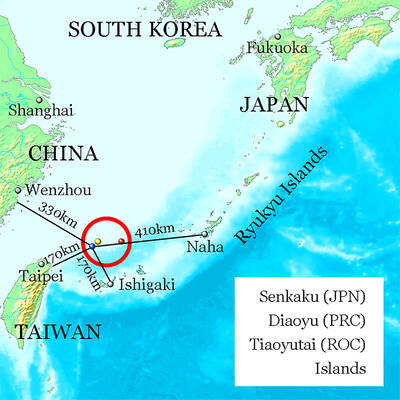
Last week gave us the droll little comedy of People’s Republic of China’s (PRC) consul general in Osaka posting a threat on X in response to Japanese Prime Minister Sanae Takaichi saying to the Diet that a Chinese attack on Taiwan may be an “existential threat” to Japan. That would allow Japanese Self Defence Forces to respond militarily. The PRC representative then said that if a “filthy neck sticks itself in uninvited, we will cut it off without a moment’s hesitation. Are you prepared for that?” This was widely, and probably deliberately, construed as a threat to behead Takaichi, though it

If China attacks, will Taiwanese be willing to fight? Analysts of certain types obsess over questions like this, especially military analysts and those with an ax to grind as to whether Taiwan is worth defending, or should be cut loose to appease Beijing. Fellow columnist Michael Turton in “Notes from Central Taiwan: Willing to fight for the homeland” (Nov. 6, page 12) provides a superb analysis of this topic, how it is used and manipulated to political ends and what the underlying data shows. The problem is that most analysis is centered around polling data, which as Turton observes, “many of these
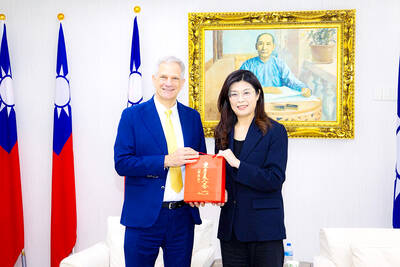
Since Cheng Li-wun (鄭麗文) was elected Chinese Nationalist Party (KMT) chair on Oct. 18, she has become a polarizing figure. Her supporters see her as a firebrand critic of the ruling Democratic Progressive Party (DPP), while others, including some in her own party, have charged that she is Chinese President Xi Jinping’s (習近平) preferred candidate and that her election was possibly supported by the Chinese Communist Party’s (CPP) unit for political warfare and international influence, the “united front.” Indeed, Xi quickly congratulated Cheng upon her election. The 55-year-old former lawmaker and ex-talk show host, who was sworn in on Nov.